Funky Chord Tricks
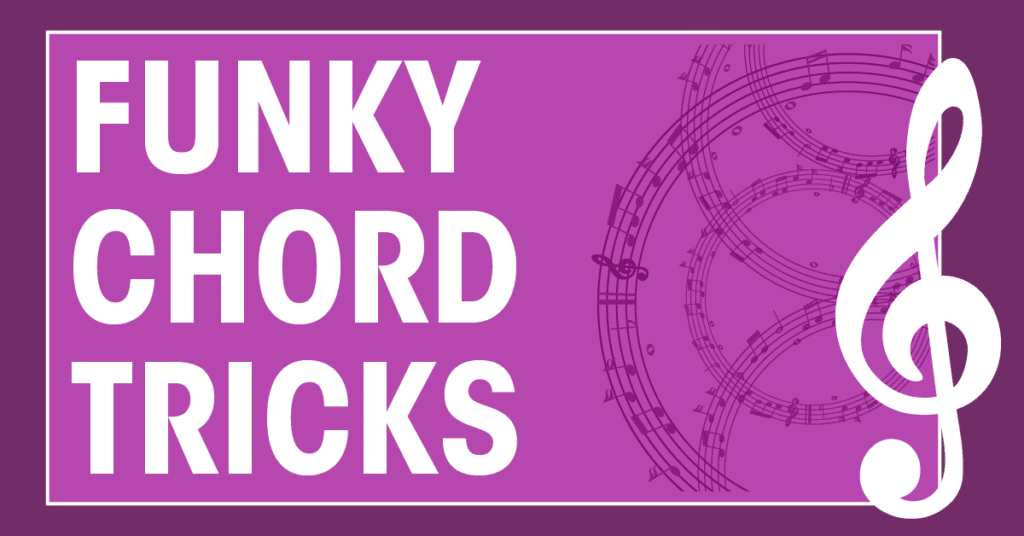
Funky chord tricks refer to some of the slick, pro-sounding passing chords that can be used to improve the sound of your playing. These chords often make students stop and ask “Wait – what was that you just played?!” Often these chords sound too advanced or complex for intermediate students, but in truth these chords only sound difficult. In practice, they can be quite easy to learn, practice, and play. In this article we’ll show you a simple chord trick – referred to as planing – and show you some examples of this trick in practice.
Funky Chord Tricks: Planing Example 1 (Easy)
Planing is a simple concept. In advanced music theory, a lot of time is often spent on chord substitutions, tritone substitutions, altered upper extensions, etc. But planing avoids all of that. It refers to the idea of moving an entire chord up or down by a half-step. That’s the key – movement by half-step. Why might you want to do this? You might want to use planing as a simple yet effective way to get from one chord to the next.
Let’s check out an example. Below we have a basic and easy chord progression.
Notice that the chords move simply on downbeats. The Em7 chord in measure 1 moves to Dm7 in measure 2. In between these two chords we will add a passing chord, an Ebm7 chord. Inserting this passing chord is referred to as “planing” because we are moving from Em7 to Dm7 by half-step. In order to do this, we simply bring all of the notes in the Em7 chord down by half-step (to Ebm7), and then down by half-step again (to Dm7). We also can add a little bit of rhythm to spice things up a bit.
Funky Chord Tricks: Planing Example 2 (Moderate)
In this example we’ll take the same chord progression as above and tweak it a bit further, still using the same idea of planing. In the above example we used only one planing chord (the Ebm7 chord). In the example below we will again use planing, but this time we will plane up and then down to the target chord of Dm7. Again, notice that we are maintaining the original Em7 chord shape and moving it up and then down by half-step to the target chord (Dm7).
Do you hear how much more advanced this chord progression sounds simply by adding these planing chords, moving the original Em7 chord up and then down by half-step, on its way to the target Dm7 chord?
Funky Chord Tricks: Planing Example 3 (Challenging)
This last example combines this idea of planing (sliding chords up or down by half-step) with a subtle but effective chord change. The starting chord is Em7, and the target chord is still the Dm7 chord in measure 2. But now we will put a ‘G’ in the bass for all of measure 2. This creates a Dm7/G chord (which is really a G7sus4 chord). We will now plane a series of chords up to this G7sus4 chord to create a funky, advanced sound:






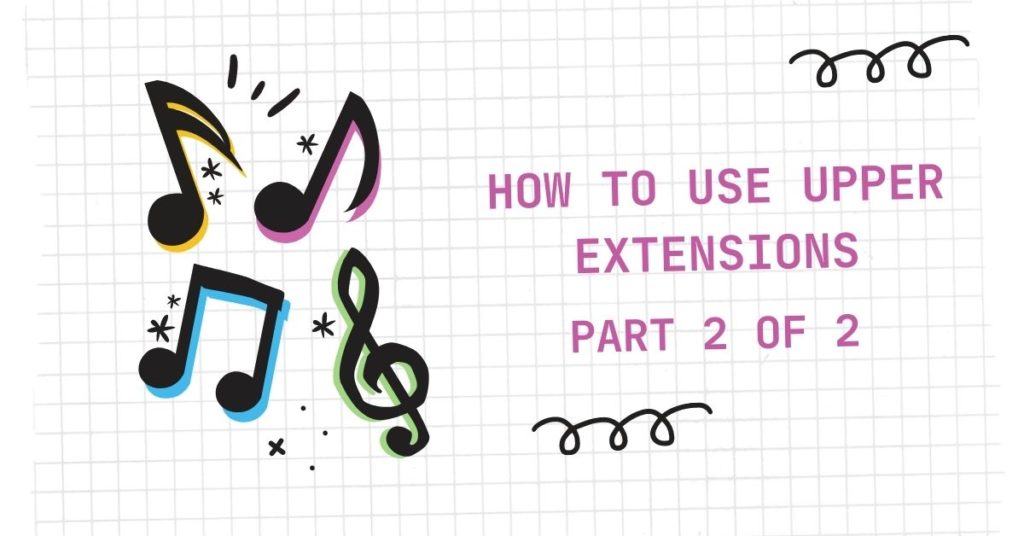
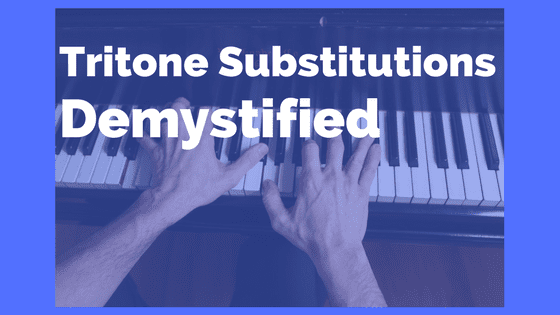
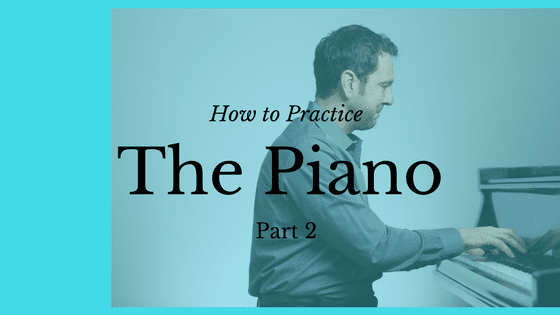
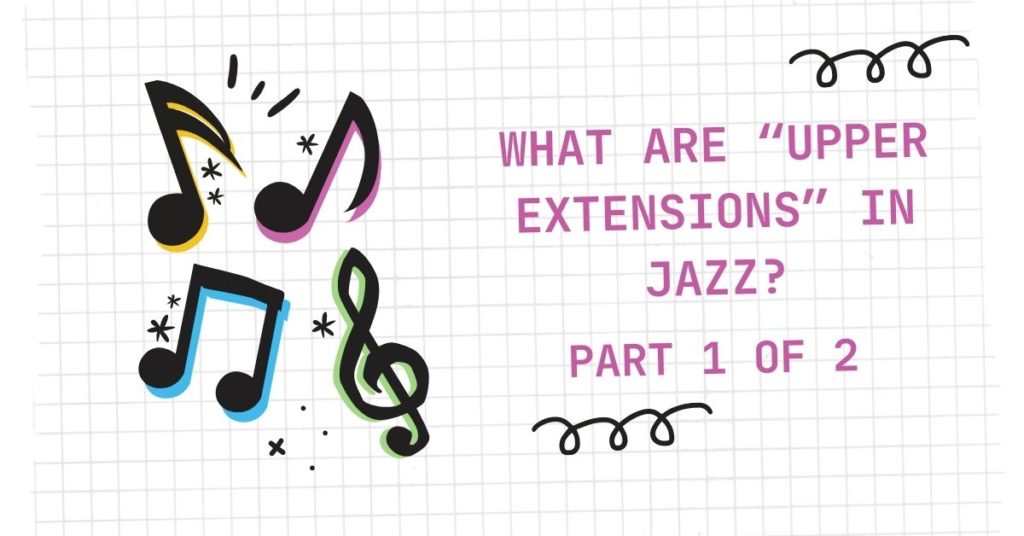

Responses